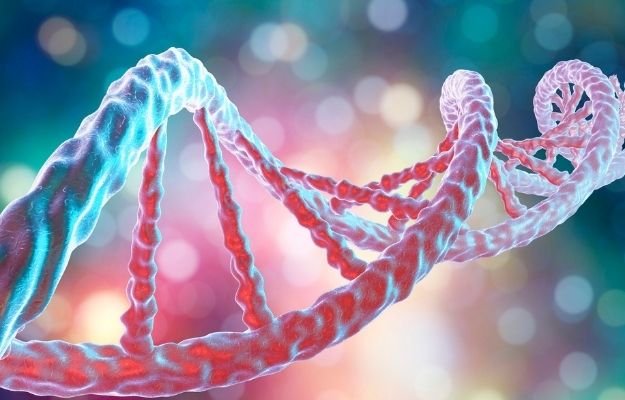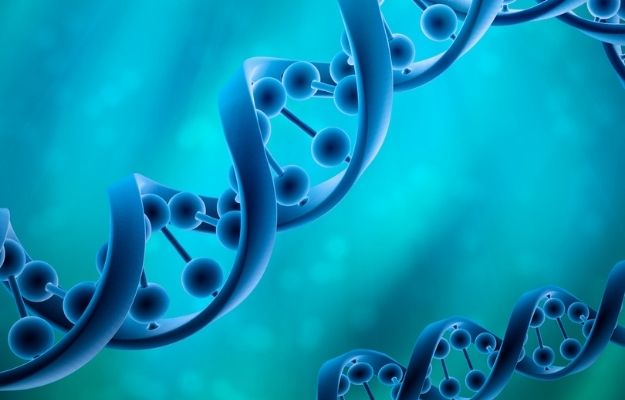In one study, researchers outline the potential evolutionary benefits of heritable gene silencing. Read on to learn more about them.
RELATED: 3 Reasons Epigenetics Is Crucial for the Future of Anti Aging Medicine
In this Article:
- Epigenetics and Gene Silencing
- Findings From a Yeast Experiment
- Potential Benefits of Short-Term Gene Silencing
Heritable Gene Silencing and Its Role in Evolutionary Adaptation
Epigenetics and Gene Silencing

Epigenetics is a field that explores how the epigenome impacts development. The epigenome refers to chemical compounds that tell DNA or genes what to do.
In other words, these chemicals regulate gene activity. They can turn them on and off.
Researchers believe that the intersection of nature and nurture in development can be seen in the epigenome. Aspects of an individual’s epigenome can be inherited, but an individual’s environment and lifestyle can also influence their epigenome.
There’sThere’s a lot of potential in the field of epigenetics. In the last few years, it has expanded our understanding of aging and age-related illnesses.
One of its more exciting applications is in gene silencing. Today, scientists can silence or turn off certain genes by manipulating the chemical tags in the epigenome.
One group of researchers wanted to explore the effects of heritable gene silencing on evolutionary adaptation. Specifically, they wanted to find out how it impacts the following factors:
- Rate of fitness
- The spread of new beneficial mutations
- Adaptation of populations
In their study, they silenced specific genes in yeast to find out if heritable gene silencing is beneficial or not. By running an experimental evolution set-up in yeast, they could monitor multi-generational effects in a short span of time.
RELATED: Epigenetic Change: Biology of Aging and Methylation
Findings From a Yeast Experiment

To induce gene silencing, the researchers manipulated the URA3 reporter. The URA3 gene plays a role in both positive and negative selection.
Previous studies show that URA3 gene silencing can be inherited by 20 generations. The researchers tested three degrees of silencing: low, intermediate, and high.
Here are some of their main findings:
- Among the three levels of gene silencing, the intermediate level accelerates adaptation. This shows that there’s an optimal degree of gene silencing that may impact long-term adaptation.
- If the gene silencing were not introduced in the experimental set-up, it would have hindered the yeast’s ability to adapt.
- Local differences in mutation rates didn’t explain the yeast’s adaptation dynamics. This shows that gene silencing plays a more significant role in determining how the yeast cells adapt.
- Gene silencing expands the targets for adaptive mutations. In low and intermediate levels of gene silencing, the mutational targets went beyond the URA3 gene.
- New genes that emerge from the mutations further enhance the gene silencing. This increases overall fitness. In this mechanism of adaptation, mutations work with the epigenetic silencing.
These results show that multi-generational heritable gene expression is a substantial driver of evolution.
Potential Benefits of Short-Term Gene Silencing
A key takeaway from the study is that there is an ideal level of gene silencing in adaptation acceleration. If the level of gene silencing is not ideal, then it may lead to the following negative outcomes:
- Disequilibrium between silenced clones and new adaptive mutations
- Inadequate mutational supply and extinction
In this experiment, the intermediate level of gene silencing was the most ideal. It helped facilitate adaptation in the following ways:
- Increasing population size by silencing a particular phenotype.
- Creating a more stable URA3-off state by working with the new genes.
The researchers believe that short-term epigenetic gene silencing may be a form of genetic assimilation. It may come before adaptive genetic mutations.
These findings show that it may have long-lasting effects on adaptation. In yeast, certain gene regions’ epigenetic control may help them adapt more quickly in response to a rapidly changing environment.
Interestingly, the implications of the study may go beyond yeast. These are significant findings because heritable gene expression isn’t limited to yeast. Other studies show similar epigenetic inheritance in human cells.
The field of Epigenetics is brimming with potential, and gene silencing is just one of its many possible applications. Visit the TruDiagnostic website if you want to know how epigenetics can help you optimize your healthspan today.
What are your thoughts on these findings of gene silencing? Please share them with us in the comments section below.
Source:
Up Next:





